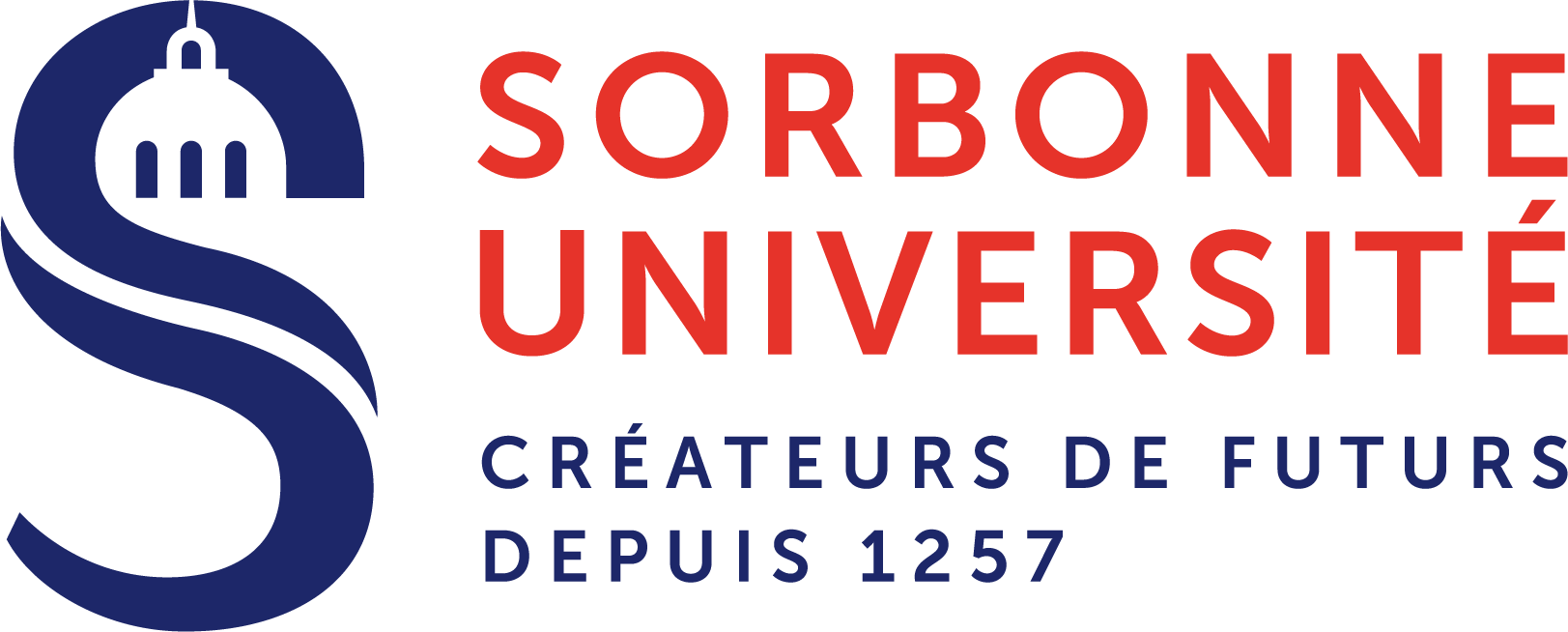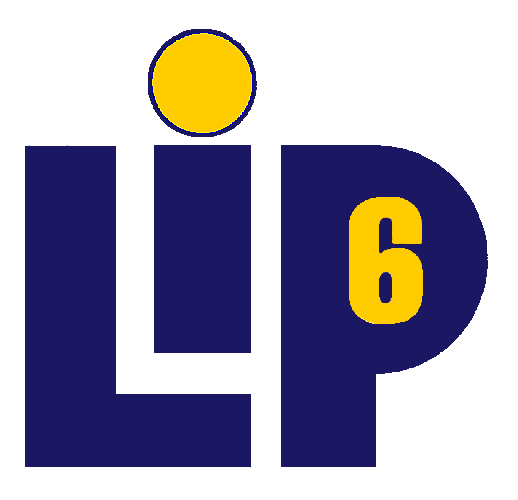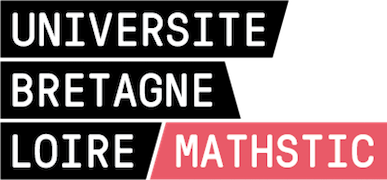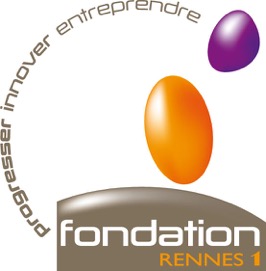Orateurs invités
Nathalie Mitton
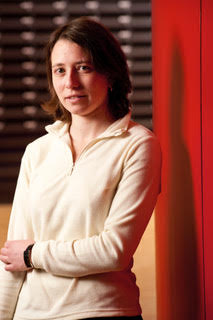
Nathalie Mitton est titulaire d’un diplôme d’ingénieur et d’un doctorat de l’INSA Lyon obtenus en 2003 et 2006 respectivement. Elle a reçu l’Habilitation à diriger des recherches (HDR) en 2011 de l’Université Lille 1. Elle est chargée de recherche Inria depuis 2006 et responsable de l’équipe Inria FUN depuis 2011. Sa recherche porte sur les mécanismes d’auto-organisation dans les réseaux de capteurs et de robots sans fil et systèmes RFID, de la couche physique à la couche réseau, etc. Elle est entre autre responsable du déploiement d’une plateforme de l’equipex FIT(https://www.iot-lab.info). Elle est active dans de nombreux comités de programmes et d’organisation de conférences telles que Pe-Wasun 2017, VTC 2017&2016, WSCP2017, SWC 2017, WPMC 2017, ICT 2017, Globecom 2017, infocom workshop 2017, AdHocNow 2016&2015, MobiCom 2015 etc.
Couche MAC adaptative pour le monitoring d’animaux sauvages.
Les réseaux de capteurs sans fil connaissent de très nombreuses applications. L’une d’elles est le monitoring de la faune, qui soulève des défis bien spécifiques. Le projet PREDNET a tenté de les relever. Nous verrons comment et quels sont les verrous qu’il reste à lever.
Catherine Rosenberg
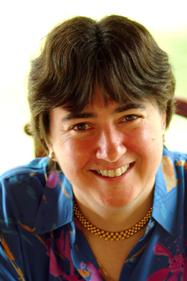
Catherine Rosenberg is a Professor in Electrical and Computer Engineering at the University of Waterloo. Since June 2010, she holds the Tier 1 Canada Research Chair in the Future Internet. She started her career in ALCATEL, France and then at AT&T Bell Labs., USA. From 1988-1996, she was a faculty member at the Department of Electrical and Computer Engineering, Ecole Polytechnique, Montreal, Canada. In 1996, she joined Nortel Networks in the UK where she created and headed the R&D Department in Broadband Satellite Networking. In August 1999, Dr. Rosenberg became a Professor in the School of Electrical and Computer Engineering at Purdue University where she co-founded in May 2002 the Center for Wireless Systems and Applications (CWSA). She joined University of Waterloo on Sept 1st, 2004 as the Chair of the Department of Electrical and Computer Engineering for a three-year term
Coordination and Cooperation in 5G Networks
In the first part of the presentation, we will address the following three research questions targeted at either the downlink or the uplink of an OFDMA-based cellular network:
Q1: How much better can a hypothetical centralized scheduler that fully coordinates all the cells perform when compared to existing local schedulers?
Q2: Can we design online local schedulers that perform comparably to the centralized scheduler?
Q3: If not, can we propose a level of coordination that is practical to implement within a C-RAN (Cloud Radio Access Network) to improve performance?
We will formulate a large non-convex optimization problem, to answer question Q1, that we will solve quasi-optimally and propose practical solutions that can be implemented.
The second part of the presentation will address how operator coordination through smart roaming and user swapping can improve the network performance without incurring any cost even when the operators are heterogeneous. Again we will formulate an optimization problem to evaluate the possible gain of cooperation and propose a practical user association scheme that can be implemented and takes cooperation into account.
Part of the presented work was done with Yigit Ozcan and Bharat Venkitesh (graduate students at U. of Waterloo) and Dr. Fabrice Guillemin (Orange Labs)
Laurent Viennot
.jpg)
Laurent Viennot works on graph and network algorithms. He is a senior research scientist (DR) at french national institute on computer science Inria. His research interests span distributed algorithms, ad hoc routing, peer-to-peer, and compact data structures for networks. He joined Inria in 1998 and then participated to the design of OLSR (RFC 3626) ad hoc routing protocol. He is now leader of GANG (http://gang.inria.fr/), a join project-team between Inria and Irif laboratory (CNRS and Paris Diderot University) on algorithms for networks. Recent achievements include modeling online social networks and precomputation for distance queries in networks.
Some distance problems in transport networks: on the road again
Several graph problems appear to be much easier in practice than predicted by worst case analysis. Two such problems are pre-computation for shortest path queries and diameter computation that appear to have efficient practical solutions in various real-world networks such as road networks. Besides the algorithmic ideas involved, we will try to understand what graph properties enable such tractability.
The goal of a hub-based distance labeling scheme for a network $G = (V,E)$ is to assign a small subset $S(u) \subseteq V$ to each node $u \in V$, in such a way that for any pair of nodes $u, v$, the intersection of hub sets $S(u) \cap S(v)$ contains a node on the shortest $uv$-path.
The existence of small hub sets, and consequently efficient shortest path processing algorithms, for road networks is an empirical observation. We will see theoretical explanations for this phenomenon based on the structure of shortest-path spanning trees.
Introduce notions of certificates allowing to bound eccentricities in a graph, we will revisit radius (minimum eccentricity) and diameter (maximum eccentricity) computation and explain the efficiency of practical radius and diameter algorithms by the existence of small certificates for radius and diameter plus few additional properties
